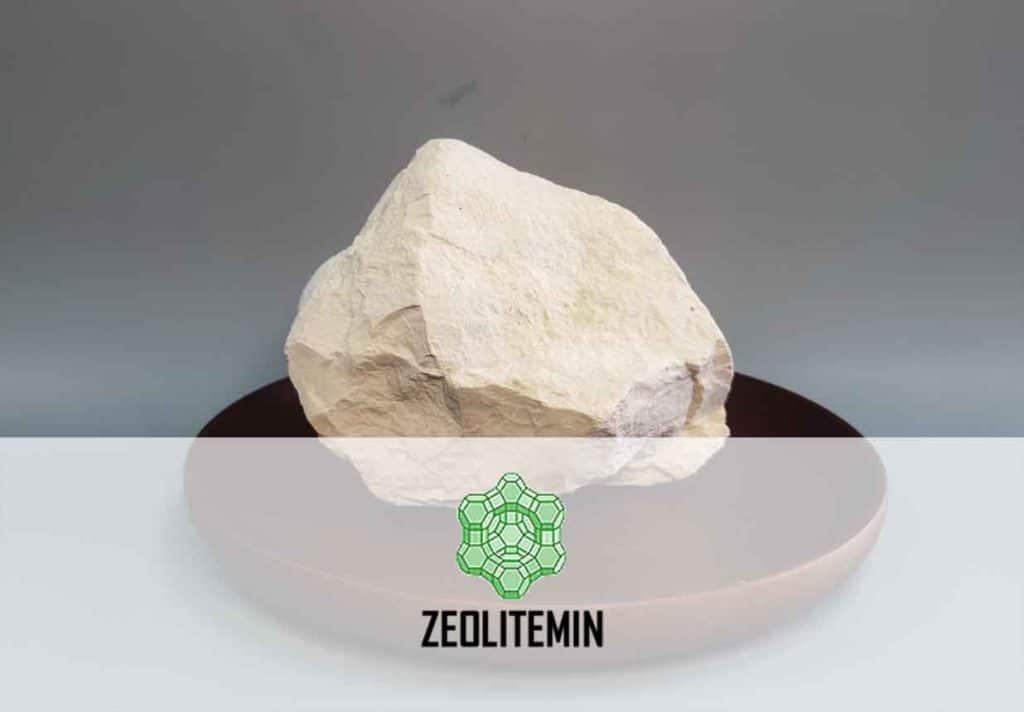
Origin of natural zeolite
In the early 2000s, the world’s top producers were China, South Korea, Japan, Turkey, and Jordan. If you know origin of natural zeolite, you can found clinoptilolite developed cost of Korea is highest. China is the largest manufacturer in the world. We analyzed the result. many countries developed bulk clinoptilolite capacity in the world.
Natural zeolites occur as cavity fillings in mafic volcanic rocks, possibly as a result of fluid or vapor deposition. In sedimentary rocks, zeolites occur as alteration products of volcanic glasses and as cementing materials in clastic rocks; they are also found in chemical sedimentary rocks of marine origin. Extensive zeolite deposits are present in all oceans. Metamorphic rocks contain a range of zeolitic minerals that can be used to assign relative grades of metamorphism; these minerals are formed at the expense of feldspar and volcanic glass.
Characteristics of natural zeolite
Natural zeolites are members of the family of hydrated aluminosilicate minerals containing alkali and alkaline earth metals. Zeolites are known for their instability to ion exchange and reversible dehydration. They have a framework structure that encloses interconnected cavities occupied by large metal cations (positively charged ions) and water molecules.
The basic structural feature of zeolites is a three-dimensional tetrahedral framework in which each oxygen atom is shared by two tetrahedra. If all tetrahedra contained silicon, the framework would be neutral; replacing silicon with aluminum would create a charge imbalance and require other metal ions to be present in the relatively large cavities of the framework. In natural zeolites, these metal ions are usually monovalent or divalent ions, such as sodium, potassium, magnesium, calcium, and barium.
Zeolites are similar to feldspar minerals except that the cavities in zeolites are larger and water is usually present. Structurally, zeolites are classified by the type of structural units that make up the framework, such as a ring or polyhedral types. The cavities formed by the framework units range in diameter from about 2 to 8 angstroms, which allows ions to move relatively easily between the cavities.
The easy movement of ions and water within this framework allows reversible dehydration and cation exchange, with properties that vary widely with chemical and structural differences. Dehydration properties vary with how water is incorporated into the structure. For those zeolites that bind water tightly, dehydration occurs at relatively high temperatures; by contrast, in some zeolites with large cavities, some water can be released at lower temperatures. The rate of ion exchange depends on the size and connectivity of the cavities. Some ions were excluded due to specific structural properties.
Zeolite properties are exploited through the commercial production of zeolites with specific structural and chemical characteristics. Some commercial uses include the separation of hydrocarbons, such as petroleum refining; the drying of gases and liquids; and pollution control through selective molecular adsorption.
Do you know characteristics and origin of natural zeolite at present? if you have any question, welcome to contact with us. We would explain more information about origin of natural zeolite. Thanks.
Reference
- Focus on Future Development Of Soil Amendment
- What is the Best Soil Amendment with Zeolite?
- How does zeofill compare as Zeolite Soil Amendment
- How To Choose a Safe And Pure Soil Conditioner
- 4A Zeolite was used in the Detergent
- Uses and Benefits of Zeolite Minerals
- Development of zeolites in the field of human body
- What is the Best Zeolite?
- How does zeolite compare in animal feed mixes?
- How to use natural zeolite in livestock?
- Clay minerals – Zeolite Rock from Nature World
- Strong Zeolite Absorbent Improves LNG and LPG Production by CO2
- Zeolites offer additional advantages as turf fills
- What are Zeolite Antimicrobials?
- Discovery: New Function of Zeolite – Drug-Removing Properties
- Zeolite Mineral-Thanks for the Gift from Earth
- What are zeolites?
- Zeolite Molecular Sieve
- Fumed silica and Precipitated silica
- Using Zeolites to Treat Chemical Spills
- Application of zeolite cosmetics grade
- Zeolite Market achieve a 5% annual growth rate next 10 years
- Antibacterial – Remarkable Functions of Zeolite in Personal Care Products
